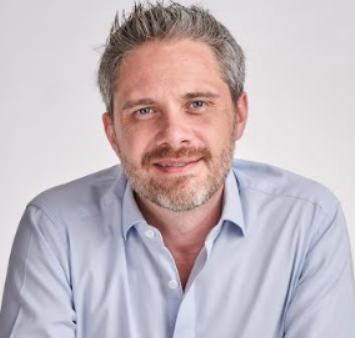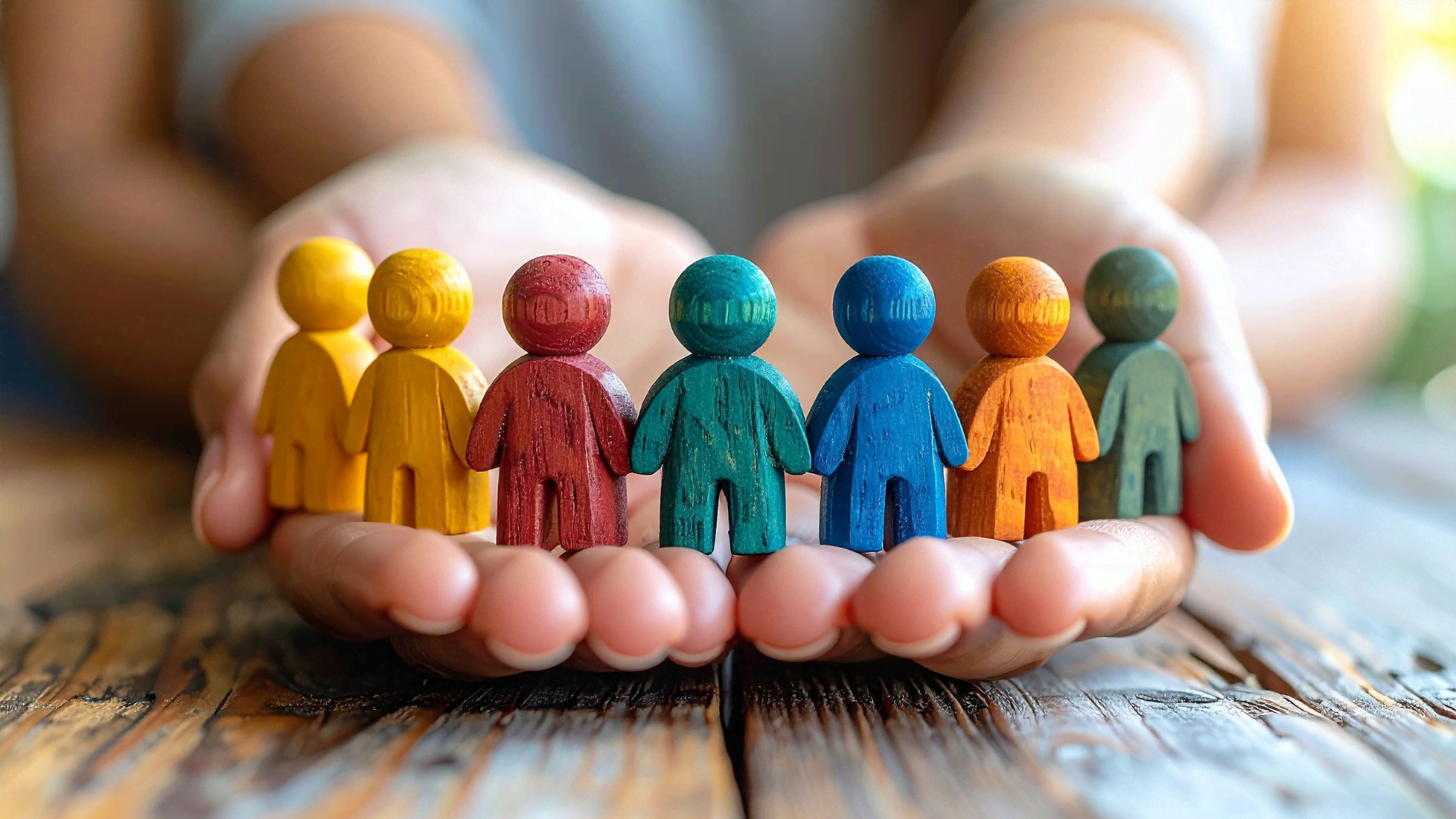An Interview with Philip Bowman, Co‑Founder & CEO, MARIO Education
Teacher Horizons is proud to partner with MARIO Education to amplify evidence‑based practices that strengthen both teacher and student well‑being. In this interview we sat down with Philip Bowman, former international‑school learning‑support teacher turned ed‑tech founder and Ed Tech Digest’s School Leader of the Year in 2024, to explore how one‑to‑one learning conversations are transforming classrooms worldwide.
What inspired you to start MARIO Education, and how did your international‑school experience shape that journey?
My “why” is deeply personal. In high school I was routinely bullied. I was duct‑taped to a pole, beaten, and even tied up and left in a dumpster. Yet, not a single teacher ever pulled me aside for a one‑to‑one conversation. Not once.
I coped by flying under the radar academically and becoming a bit of a class clown. The first caring adult who truly “saw” me was a university professor who knocked on my dorm‑room door and simply asked, “Are you okay?” That question, and the conversations that followed, saved my life.
My decision to become a teacher came with a promise to ensure no student felt as invisible as I once had.
I spent 18 years as a learning support educator, most recently at International School Bangkok. In that environment, I saw first-hand how many students were slipping through the cracks socially and emotionally, even in high-performing schools. For example, back in 2014 we learned that only about 59% of our students in high school felt that their teachers cared about their feelings. This statistic was a real wake-up call, and as an educator, it hit me hard. It highlighted the need for stronger connections between teachers and students, beyond just academics. (Update: Almost all students at ISB now say that their teachers care about their feelings!)
Being in international schools also showed me the unique challenges and diversity of our communities. I taught students from many different backgrounds and learning profiles. One-size-fits-all approaches just weren’t working for every learner. I found that what did work was taking the time to really know each student as an individual. Some of my most rewarding moments as a teacher came from one-to-one conversations, whether it was mentoring a student through a personal challenge or helping them set a meaningful goal. Those personal interactions often led to breakthroughs in both learning and well-being.
Over time, I developed a tightly‑structured and research-based routine of five‑to‑seven‑minute learning conversations embedded in advisory, special‑education and mainstream classes. Every time I watched a student’s confidence and agency blossom after a short, intentional conversation, it reinforced a simple truth: when relationships thrive, deep learning follows, regardless of curriculum or country. Convinced that connection is the curriculum, I founded MARIO Education to help schools embed these one‑to‑one conversations into everyday practice, systematically strengthening teacher‑student bonds and, in turn, elevating both well‑being and academic growth.
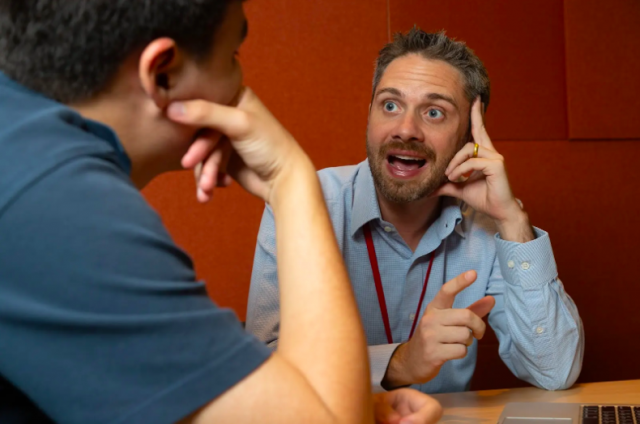
What leadership lessons have you learned through building an education-focused start-up that you’d share with international school leaders?
Transitioning from being a teacher-leader to a start-up founder has been a crash course in leadership, and I’ve learned many lessons that apply equally to running schools. The most important lessons that come to mind are: keep students at the center, lead with collaboration, be evidence-driven, and look after your team’s well-being.
First and foremost, stay mission-driven and student-centered. In the early days of building MARIO, it was tempting to chase every new idea or feature. I had to continually refocus on our core mission, improving student outcomes and well-being, and say no to distractions that didn’t serve that goal. School leaders face a similar challenge with initiatives; the lesson is to always ask, “How does this impact our students’ growth and our teachers’ capacity to support them?” Keeping that north star ensures you’re leading with purpose.
Another key lesson is the power of collaboration and listening. As a startup, we survived and thrived by listening intently to feedback from teachers and school partners and iterating based on their needs. I learned to co-create solutions with educators rather than impose them. International school leaders can do the same and engage teachers, students, and parents as collaborators. Some of the best innovations in our program came from teacher suggestions during pilots. Leaders who foster that culture of shared ownership will see greater buy-in and success.
I also learned to embrace data and evidence-based practice. A 6-year retrospective study was published in NASEN’s Support for Learning journal examining our one-to-one conversational approach. It was co-authored by Dr. Katie Novak (an internationally renowned UDL and MTSS expert) and found that our approach ranked in the top 5% of all educational interventions for effectiveness. That taught me a huge leadership lesson: don’t be afraid of accountability and evidence. Whether you’re rolling out a new well-being program in a school or an ed-tech tool, define what success looks like and gather data on what’s working. Then share those results. Not only does this build credibility, but it also helps you make informed decisions to continuously improve.
Finally, perhaps my biggest lesson has been about prioritizing well-being and relationships within your team. In a fast-paced startup, burnout is a real risk. I have had to model work-life balance (still a work in progress!) and ensure our team feels supported, just as school leaders must care for their teachers. A school thrives when teachers feel heard, valued, and recharged; I’ve tried to bring that same ethos to leading MARIO Education. After all, whether in a school or a company, we’re all humans working towards helping students, so we need to take care of our people.
What trends are you noticing around well-being and inclusion in schools globally, and why is it important to address these now?
One clear global trend is that teacher and student well-being has taken center stage in education conversations, and rightly so. The past few years (through the pandemic and beyond) have highlighted how critical it is to treat well-being as foundational, not an add-on. We’re seeing more schools adopt social-emotional learning programs, hire well-being coordinators, or integrate practices like advisory check-ins into the weekly schedule. There’s a growing recognition that a school’s culture must actively support mental health and positive relationships, or else academic achievement will suffer. In fact, recent research by the International Baccalaureate Organization backs this up. Teacher well-being has a significant impact on the well-being and academic success of students. When teachers are overstressed or burned out (and sadly teachers report some of the highest stress levels of any profession), it directly affects students. So addressing teacher well-being isn’t just about caring for teachers, it’s also a lever to improve student outcomes.
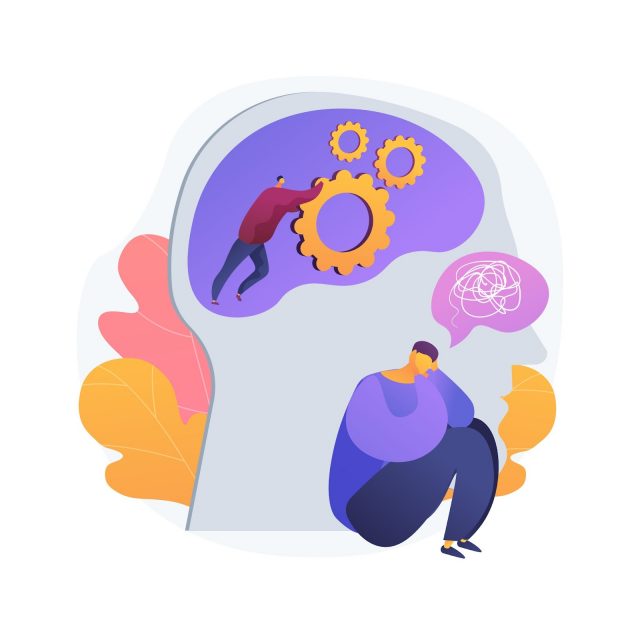
Alongside well-being, inclusion remains a prominent global focus. More schools are moving toward inclusive models of education, where support is brought to the student rather than the student being sent away for support. Frameworks like Universal Design for Learning (UDL) and Multi-Tiered Systems of Support (MTSS) continue to gain traction internationally, emphasizing that we should design learning experiences that work for all students. The conversation has expanded beyond just supporting students with diagnosed learning needs; it’s about personalizing learning for everyone and celebrating neurodiversity in the classroom. In practical terms, this trend means teachers are seeking strategies to differentiate instruction and build stronger relationships with each student. The human connection piece is huge. If you talk to educators from Europe, Asia, Africa, the Americas, everyone is saying we need to form better relationships with students to more meaningfully engage them post-COVID, as well as rebuilding their social skills.
What I find heartening is that well-being and inclusion are increasingly seen as two sides of the same coin. An inclusive environment is one where every student feels safe, seen, and supported, which is essentially well-being. Similarly, teachers in inclusive schools feel more effective and less isolated. Research has even suggested that when teachers cultivate positive relationships with students, it can reduce the teachers’ own stress levels and improve their sense of efficacy over time. This creates a virtuous cycle: supported teachers build up students, and motivated, engaged students in turn make teachers’ jobs more rewarding.
It’s important to address these trends now because the stakes are high. We have a mounting mental health crisis globally that includes student anxiety, depression, disengagement, and suicide. Also, we have teachers leaving schools and even the profession in alarming numbers. We simply can’t afford to ignore well-being. Schools that proactively foster a culture of care (where, for example, “connection is the curriculum” and relationship-building is a priority) are seeing not only happier communities but also improved academic resilience. In short, focusing on well-being and inclusion isn’t a “nice to have” anymore; it’s a must-have for sustainable, high-quality education. The good news is I see momentum building worldwide, from the IB commissioning well-being research to ministries of education implementing well-being frameworks, and that gives me a lot of hope for the future of international education.
Can you give us a snapshot of how MARIO Education is transforming student well-being and outcomes in schools?
Absolutely. At its core, MARIO Education helps schools put those well-being and inclusion principles into action through a structured and sustainable approach. We equip schools with both an evidence-based approach to one-to-one learning conversations and a software platform (“MARIO for Me”) that together make it easier for teachers to regularly connect with students, track their progress, and intervene early when concerns arise. The result is that schools shift culture; from reactive support to proactive, from one-size-fits-all to highly personalized.
To make it less abstract, let me share a couple of examples. In São Paulo, Brazil, the International School of Curitiba piloted our approach because they were worried some students were “slipping through the cracks” and at risk for serious issues. By training teachers to have weekly one-on-one check-ins and using our system to flag student needs, they quickly identified emerging wellbeing issues and strengthened relationships across the school. One teacher there said that MARIO gave students “a different way of reaching out…because high schoolers don’t usually want to talk to teachers”. By normalizing these supportive conversations and changing their shape, even students who were initially reticent began opening up, which meant problems surfaced earlier before they escalated. That school went from a culture where only counselors handled well-being, to one where every advisor felt responsible for each student. It’s literally saving lives and they’ve been able to detect and support students with mental health struggles much sooner.
Another snapshot comes from Seoul Foreign School in Korea. They integrated MARIO as part of their social-emotional learning program and connection became the curriculum. In other words, regular 1:1 conversations became a cornerstone of learning. It changed the school culture: teachers now say things like “I was MARIOing with my students,” because it became so routine that MARIO turned into a verb on campus! Counselors at SFS reported that because advisors were having those frequent check-ins, lower-level student well-being issues got resolved earlier, freeing up counselors to focus on the more serious cases. That’s a huge outcome: the whole pastoral care system became more efficient and responsive.
We also see quantifiable impacts. At Dwight School Seoul, an IB world school in Korea, they faced rising student wellbeing needs but only a small counseling team (like many schools). After adopting MARIO, they saw a 65% reduction in “red flag” student wellbeing concerns (cases that needed urgent attention) over the course of a year. By using the platform’s data, they could triage which students needed counselor support versus which could be handled by an advisor or mentor teacher. Dwight’s team also noted that the software helped break some cultural barriers. Students became more comfortable signaling “I’m not okay” through the digital check-in, and then having a face-to-face talk about it. That early identification and intervention is a game-changer in terms of student outcomes and safety.
Finally, at my own former school, International School Bangkok, adopting the MARIO approach contributed to what leaders called a “culture of care.” Students there now report greater feelings of safety, belonging, and connection to adults on campus. To me, that’s the ultimate metric of success. When you have nearly all students saying “Yes, there is an adult at school who truly knows and cares about me,” you’ve laid the groundwork for every other academic or personal achievement to happen.
Ultimately, MARIO Education is transforming student well-being by operationalizing empathy. It gives structure and tools for schools to ensure every student is seen and supported, one conversation at a time. The outcomes range from improved mental health and engagement, to better academic self-efficacy and even higher achievement. And importantly, it’s not just students who are benefiting, teachers and counselors feel a renewed sense of efficacy too. What keeps us going are the stories; the counselor who finally has time to do proactive work, or the student who says, “This was the first time I felt heard.” That’s the real transformation happening in schools, and it’s incredibly humbling and rewarding to be a part of it.
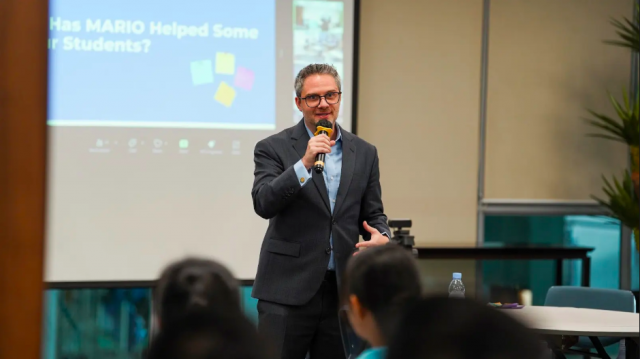
What’s a piece of advice you’d give to school leaders trying to create happier, more personalized and inclusive learning environments?
My biggest advice is to put relationships at the heart of everything. It sounds simple, but it requires intentional leadership. School leaders can model this by ensuring that structures and schedules actually allow time for relationship-building. For example, consider scheduling regular advisory or mentor periods where teachers meet one-to-one with students. Many schools we work with set aside dedicated “MARIO time” each week in advisory and/or pastoral care programs. When leadership protects that time, it sends the message that connecting with students is as important as covering content. So, audit your timetable and priorities: are you making space for genuine human connection? If not, what can you rework to change that?
Another piece of advice is don’t just focus on student well-being… support your teachers’ well-being too. A happy, resilient faculty will create a happy, resilient student body. This can range from systemic moves (like reasonable workloads and access to mental health resources) to simple culture-builders (encouraging peer support, recognition, and openness about challenges). Providing professional development in areas like stress management or mental health first aid can empower teachers to care for themselves and their students better. I’ve seen schools where, after noticing high stress levels among staff or students, leaders brought in targeted workshops. That responsiveness is key. Leaders should consistently ask, “Who is taking care of our caregivers?” and make teacher wellness a strategic priority.
Finally, leverage data and student voice to personalize learning. In an inclusive environment, decisions should be driven by real insights into what students need. This might mean using surveys or check-in tools to gather data on student well-being or engagement, and then actually acting on that information. It also means involving students in the conversation about their own learning and what helps them thrive. School leaders who create channels for student voice, whether through student councils, feedback platforms, or informal listening, often discover small changes that make a big difference. Perhaps students are craving a quiet space to decompress during the day, or teachers learn that a particular advisory activity is really boosting kids’ moods. Treat that input like gold.
Building a happier, more personalized and inclusive school is an ongoing process of putting people first: relationships before rigor, well-being alongside academics. Start with the human element. If you prioritize strong teacher-student relationships, a supported teaching staff, and a culture of trust and openness, the rest will follow.
What’s next for MARIO Education in 2025-2026?
We’re really excited about what’s on the horizon. Looking ahead to 2025 and 2026, one focus for MARIO Education will be on expanding our impact beyond student support to include teacher well-being more explicitly. We’ve always believed that empowering teachers is half the battle in improving student outcomes, and we’re in the process of launching a teacher well-being program that complements our student-focused tools. Without giving too much away, this program will help schools take a more holistic approach, ensuring that the educators have what they need to thrive, not just survive, in their roles. It’s a natural next step for us, because as we discussed, you can’t pour from an empty cup. If we want “every student to be safe and ready to learn,” we need to make sure every teacher is safe and ready to teach, too.
Of course, we’re continuously refining the core MARIO for Me platform, and international schools are driving the bulk of that change. Currently, we have schools across five continents, and by the end of 2027 we’ll be on track to double the number of students worldwide benefiting from one-to-one conversations with their teachers. We often say our vision is “Ensuring every student is safe and ready to learn, one conversation at a time.” I believe we’ll be much closer to that vision, not only through conversations with students, but through more regular conversations happening in education around well-being, inclusion, and the power of human connection.
Finally, we have a couple of huge surprises lined up that we can’t share anything about… yet! What I can say is that we will offer something never seen before and universally needed. We had a huge ‘A ha!’ moment a couple of years ago and have been working on something special ever since.
We’re grateful to have partners like Teacher Horizons sharing this journey with us, and I genuinely believe the next few years will bring transformative progress in how schools care for both their students and their teachers. Stay tuned, because the best is yet to come!
Contact Philip Bowman
Reach Philip Bowman via phil@marioeducation.com or connect with him on LinkedIn.
